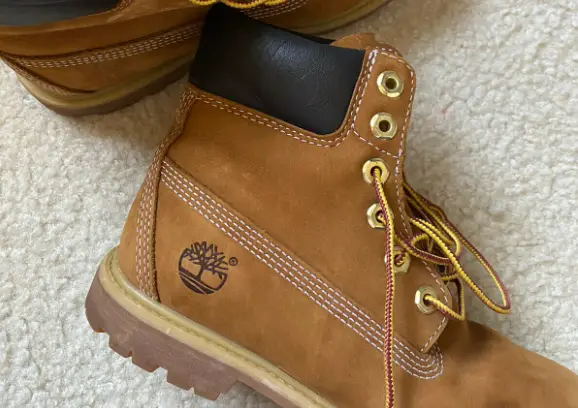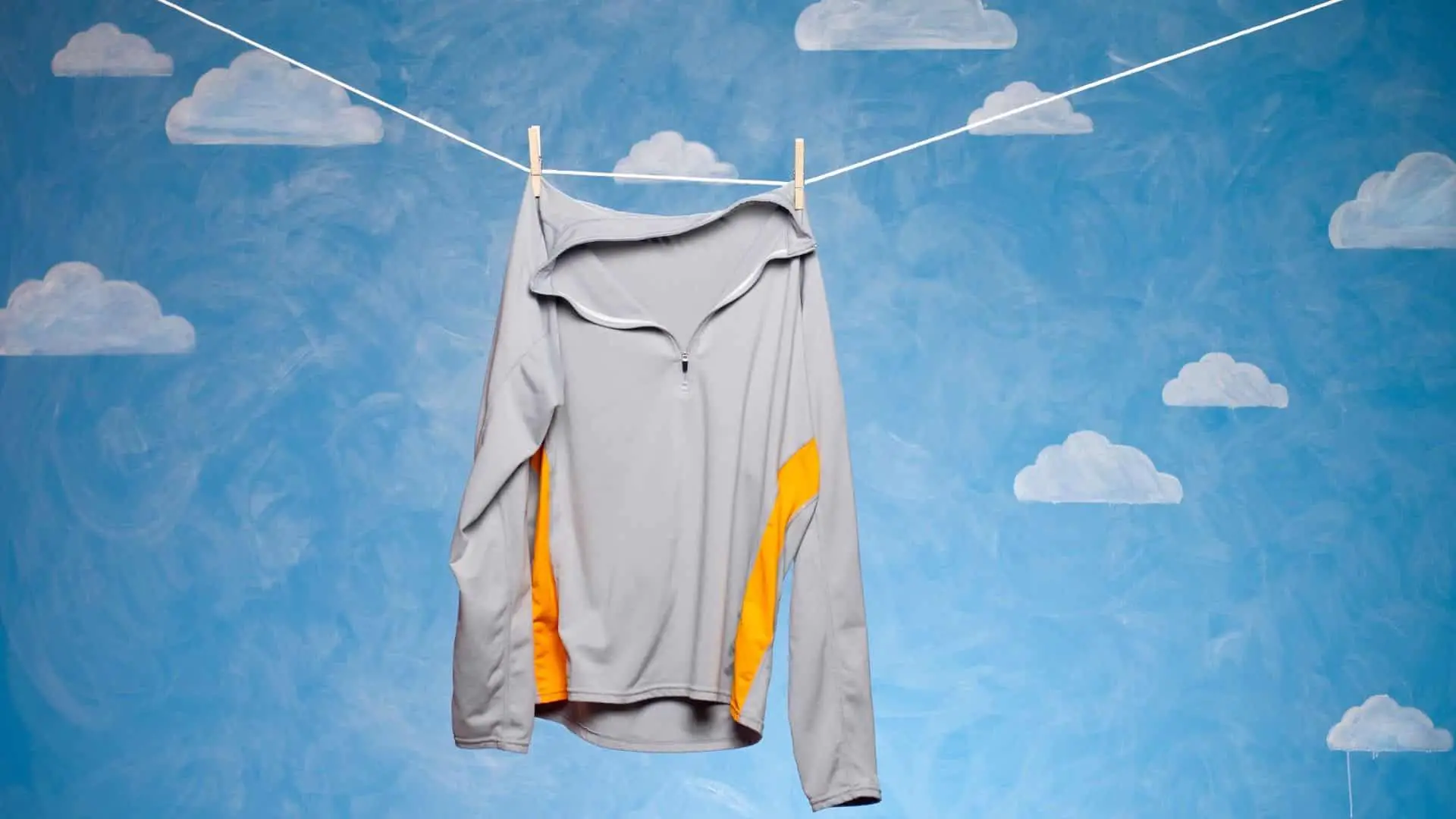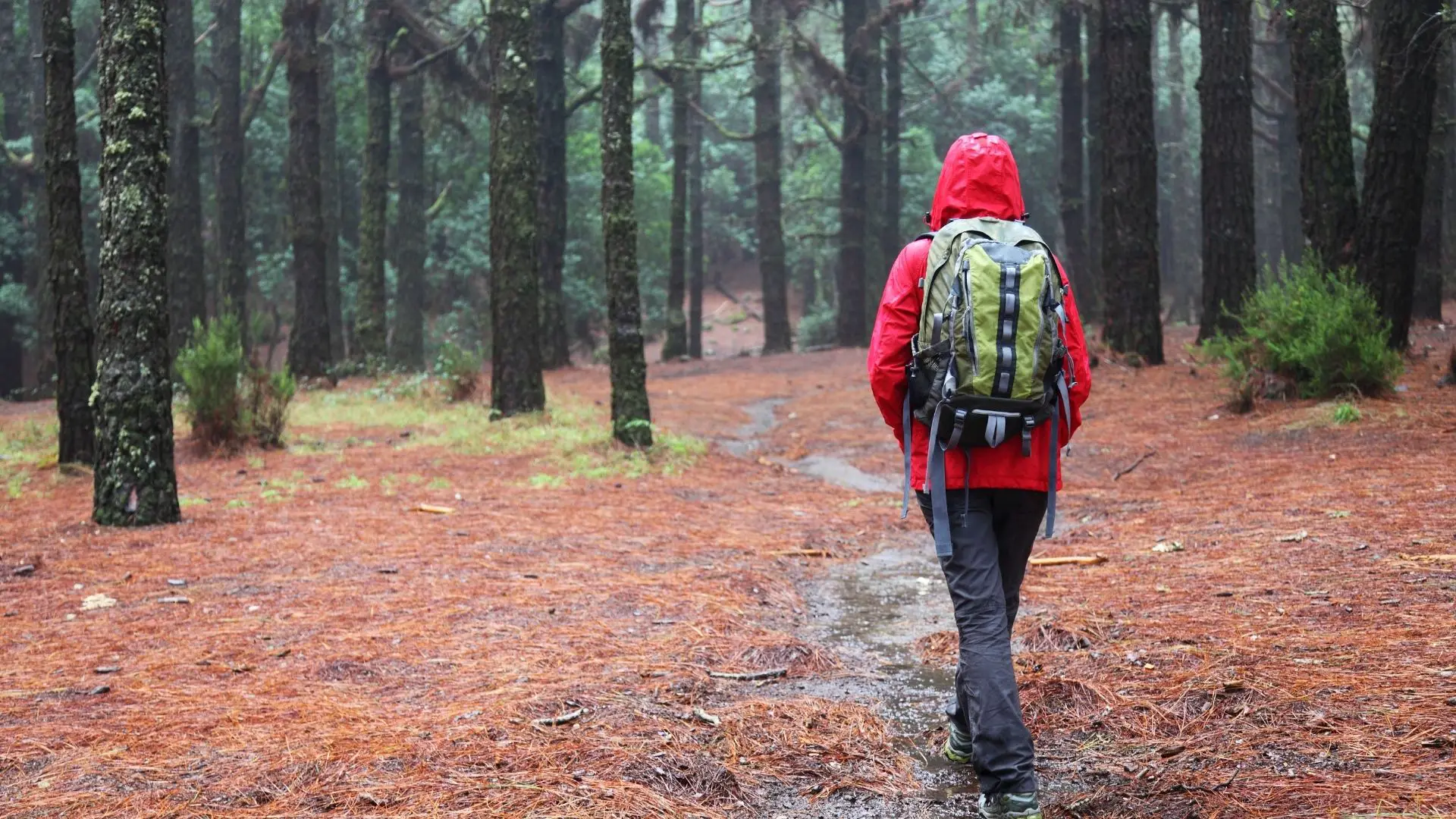Camping in cold weather brings lots of additional challenges. People often forget that their water filters can freeze causing major short/long term problems. That brings up a major question. What happens if a Sawyer water filter freezes?
Do not let your Sawyer Water Freeze! The insides will expand, filter media cracks and cause permanent damage to the filter. Bacteria will leak through the newly formed cracks and you could end up ingesting bacteria and protozoa.
Keeping your Sawyer water filter warm is easy once you understand the problem. I’ll go over a few easy ways to prevent freezing and keep your water filter safe.
Table Of Contents
What If My Sawyer Water Filter Freezes?

Whenever you use a water filter, you can expect some water to get trapped inside. That shouldn’t be much of a problem in the summer, but it can cause major damage in the winter. Never let your Sawyer Water Filter freeze!
Most hiking and backpacking water filters need to be replaced after they’ve been frozen. The water that’s trapped inside the filter expands inside the porous material and splits it open allowing unfiltered water to slip through the cracks.
It doesn’t matter if you have a ceramic filter like the MSR Miniworks or hollow fiber tube like the Sawyer Squeeze or Mini. The ceramic filter will crack and the fiber tube filter expands. Once that happens the filter needs to be thrown in the trash. Here’s what Lifestraw says on their website:
You might get lucky once or twice, but you’ve lost the structural integrity of the filter. It’s not properly filtering out harmful bacteria/protozoa if water can slip through the cracks. Trust me! You don’t want to have nausea and diarrhea miles into the woods. The dehydration can get dangerous fast if you don’t have access to clean water.
Hollow Fiber Tube vs Ceramic Water Filters
The majority of water filters sold today are using hollow tube filters. Sawyer, Katadyn, Gravityworks, Hydroblu (and many more) all use a hollow tube filter. The video above shows what’s inside my favorite budget filter the Sawyer Mini. It’s filled with 1000’s of hollow fiber tubes jammed together to force water to run through them. Water gets trapped inside those tubes, freezes, expands and causes large air gaps for bacteria/protozoa to slip through.
Ceramic filters like you would find in the MSR Miniworks or mixed media filters like Katydon Hiker Pro will also be destroyed by freezing water. Water gets trapped in the ceramic and it will crack as the water expands.
Does Freezing Permanently Damage The Filter?
Will your filter get permanently damaged if it freezes? The answer is yes, it usually will get permanently damaged. The filter cartridge can expand and crack allowing water to get through.
The crack doesn’t even have to be visible. Think about the size of bacteria and virus cells. Those tiny microscopic particles can slip through an invisible crack in the filter media.
Keep Your Filter Close To The Body While Hiking

Your water filter is easily one of the most important pieces of gear in their pack. It’s right up there with a proper sleep system and insulating layers in the winter. Protect your water filter and keep it close to your body to stay warm. This is what Lifestraw recommends on their website.
The recommended temperature suggestions for our products are: 33°-140° Fahrenheit
Note that if the LifeStraw has water in it and is stored in freezing conditions, the creation of ice within the membrane can damage the filter by expanding the pores with the expansion of the ice. Therefore, we recommend keeping LifeStraw products, more specifically the membrane filters close to your body when hiking or traveling in freezing temperatures to ensure any water or vapor inside the filter does not freeze.
http://help.lifestraw.com/en/articles/3696299-are-there-temperature-regulations-for-your-products
Note that if the LifeStraw has water in it and is stored in freezing conditions, the creation of ice within the membrane can damage the filter by expanding the pores with the expansion of the ice. Therefore, we recommend keeping LifeStraw products, more specifically the membrane filters close to your body when hiking or traveling in freezing temperatures to ensure any water or vapor inside the filter does not freeze.
Sleep With The Filter

Sleeping with your water filter is the only way to prevent freezing throughout the night. Try to dry out your filter and tuck it between your legs throughout the night. I recommend heating up a nalgene bottle and tucking that into your sleeping bag as well.
A hot water bottle in your sleeping bag serves 2 major purposes. It will heat your sleeping bag up to body temperature so you’re toasty when hopping in and it keeps seed water for your pot in the morning. Remember that you can only melt snow if you start off with a little bit of water. That either means breaking through ice to get the water underneath or starting off with a few cups of water.
Don’t Leave your Filter In The Car or Garage!
My dumb*ss has ruined more water filters than I can count. I’m always careful while backpacking, but I tend to get lazy once I get home. After a long trip the last thing I want to do is unpack everything and get all organized. That usually leads to accidentally damaging my gear.
Never leave your water filter in the trunk of your car or tucked away in the garage. It might not be freezing today, but your water filter could eventually get damaged once the temperature dips. The worst thing is you probably won’t even realize the filters damaged until it’s too late. You don’t want to find out by getting sick!
How Do I Know If My Sawyer Filter Is Broken?
There’s no easy way to tell if your water filter is damaged from freezing temperatures. I always recommend erring on the side of caution. You don’t want to get sick miles into the woods. Don’t use a filter that you think may have been damaged.
What About The Food Coloring Test?
I’ve seen a people recommend using food coloring to test their water filter on the backpacking forums. The idea is that if you run food colored water through the filter it should come out clear on the other side. It makes sense, but the test isn’t definitive. Food coloring molecules are bigger than bacteria. So the food coloring could get trapped in the filter and bacteria still sneak through.
Generally speaking if the filter element has been used it will crack if the water inside freezes at low temperatures. Trust your gut and replace the filter if you think it could have froze. A filters internal media can remain wet for 3-4 weeks so be careful when putting it into storage.




